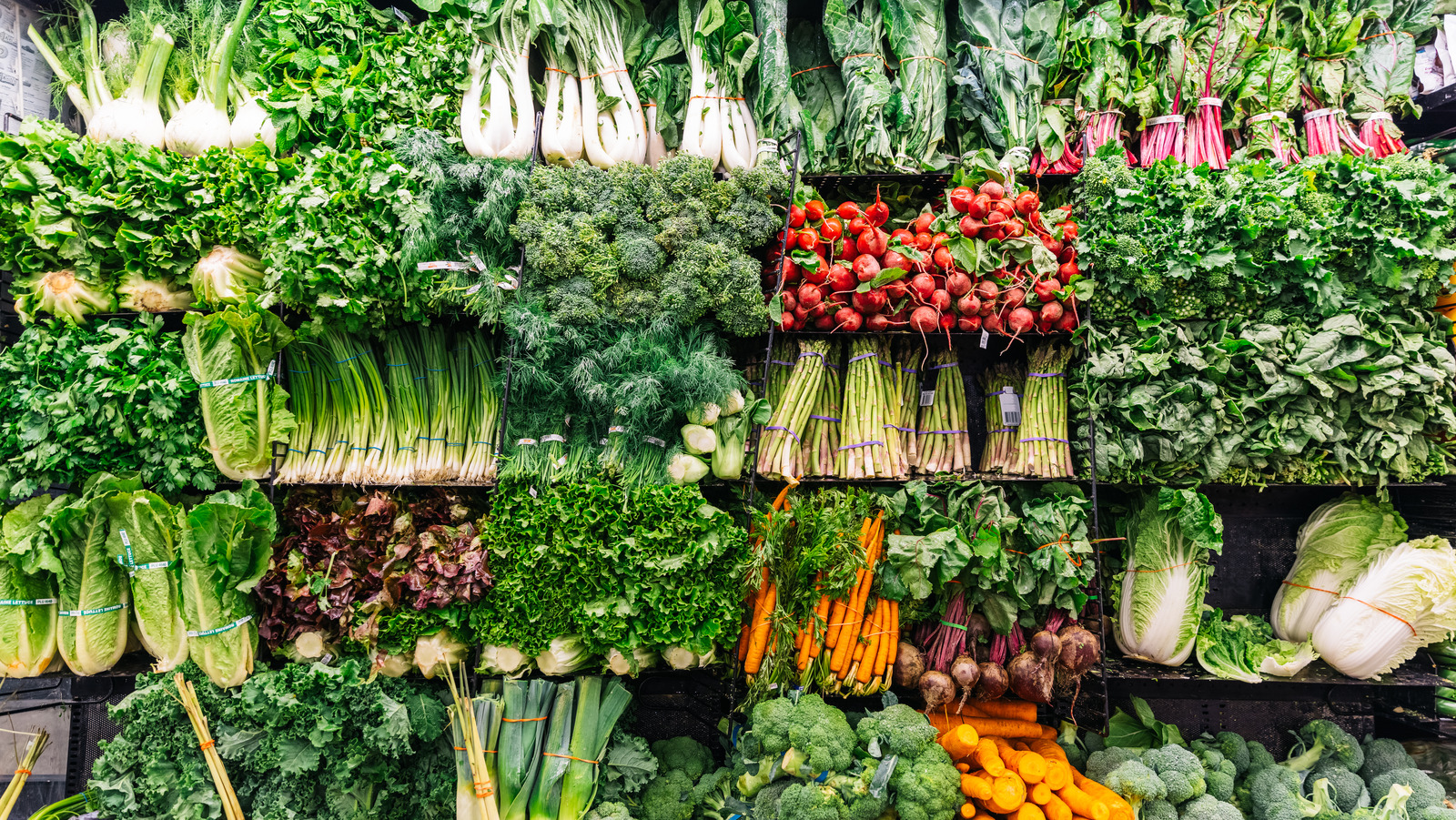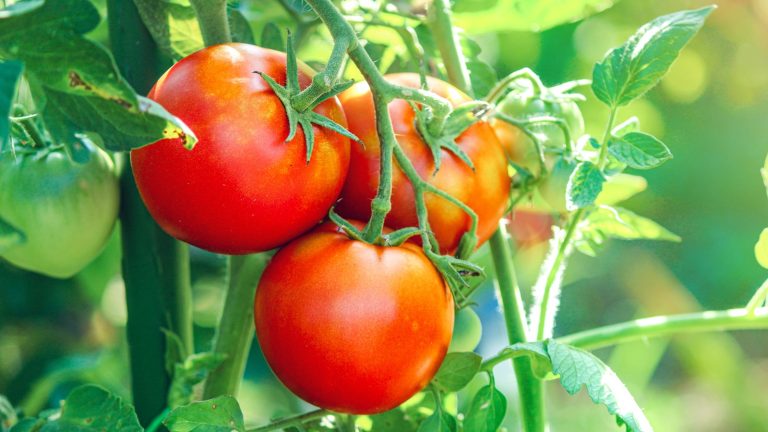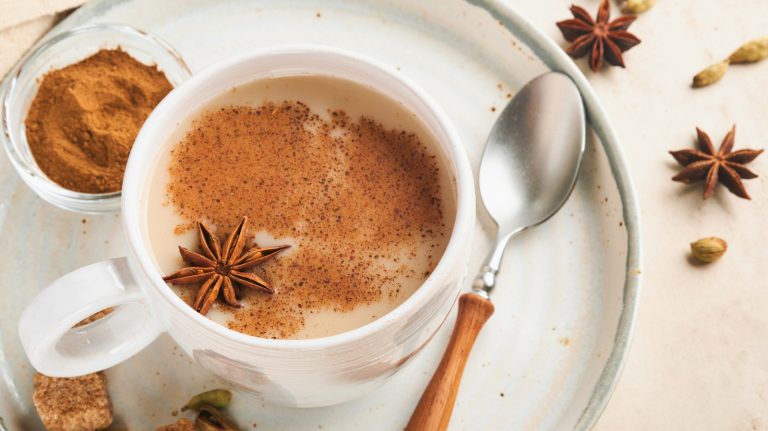Have you ever excitedly purchased loads of fresh veggies, imagining all the delicious meals you’d make, only to find a sad, soggy mess in your fridge a few days later? We’ve all been there. The truth is, not all vegetables are created equal when it comes to shelf life. Some wilt within days, while others can stay fresh for weeks — or even months — if stored correctly.
The key factors affecting vegetable longevity are structure, moisture content, and storage conditions. Root vegetables, thick-skinned squash, and hearty greens tend to last the longest. Some do best in the fridge, while others thrive in a cool, dark pantry. Understanding how to store each vegetable properly can help you minimize waste and maximize flavor. Informed shopping techniques — knowing how to pick out the freshest and hardiest veggies at the store or farmers market — can also help extend the shelf life of your ingredients. Whether you’re looking to stock up for meal planning, reduce grocery runs, or prepare for emergencies, these vegetables will serve you well. What’s more, this list focuses on widely available vegetables that can be found at grocers across the United States, so no worries to go out of your way to seek out unusual or hard-to-get grocery items.
Carrots
The humble carrot is one of the most resilient fresh vegetables. If stored properly in the fridge, they can last nearly a month. Keep them in a plastic bag with a damp paper towel in the crisper drawer to maintain moisture. If you buy them with greens attached, remove the tops before storing – otherwise, they’ll draw moisture from the carrot, making them limp. Now who wants to eat a limp carrot? The answer: Nobody.
Carrots are incredibly versatile, and are arguably most famous for being a ready-to-eat raw food, packing a crunchy sweetness into salads and crudité plates. They are one of the core components of mirepoix, the base of French sautéing. They can be roasted, pickled, or even transformed into a plant-based bacon alternative. And let’s not forget about their sweeter side — grated carrots are essential for a moist, flavorful carrot cake. In addition to their exquisite flavor, carrots are packed with beta-carotene, an antioxidant that supports eye health and immune function. Whether you enjoy them raw as a fresh and healthy snack, blended into a smoothie, or cooked into hearty dishes, carrots are a staple worth keeping stocked. Just make sure that you are purchasing whole carrots, as processed carrot products like baby carrots and carrot sticks have a much shorter shelf life.
Cabbage
Cabbage is a powerhouse vegetable that can last up to two months in the fridge. Its densely packed leaves help retain moisture and prevent quick spoilage. Unlike lettuce, which wilts within days, cabbage stays crisp and fresh much longer. For optimal storage, keep cabbage in a perforated plastic bag in the crisper drawer. When using it, peel off the outer leaves rather than cutting into the whole head to extend its shelf life. Cabbage is an excellent ingredient for a variety of dishes — it can be shredded into fresh slaws, stir-fried for a crispy side dish, or fermented into probiotic-rich kimchi or sauerkraut.
Beyond its versatility, cabbage is an affordable and accessible vegetable, making it a budget-friendly staple. Its hearty texture allows it to stand up to bold flavors and long cooking times, making it perfect for soups, braised dishes, and stir-fries. Some traditional recipes, like stuffed cabbage rolls or German-style braised red cabbage, highlight its ability to absorb and enhance seasonings. It’s also incredibly nutritious, being rich in vitamin C, fiber, and antioxidants that support digestion and immunity. Some studies suggest that cabbage may have anti-inflammatory properties and could play a role in heart health. Whether you’re making traditional coleslaw, a hearty stew, or even air-frying cabbage leaves, this vegetable is a great choice for long-term storage and meal versatility.
Potatoes
Potatoes are pantry staples that can last for months when stored properly. The key is to keep them in a cool, dark, well-ventilated space. Avoid storing potatoes in the fridge, as cold temperatures convert their starch into sugar, affecting taste and texture. Excess moisture or light exposure can also cause sprouting or greening, which produces solanine, a compound that can be harmful if consumed in large quantities. Also, keep potatoes away from onions, as both release gases that accelerate spoilage. When stored correctly, potatoes can be baked, mashed, fried, or roasted to complement countless meals. Their versatility is nearly unmatched — you can make anything from creamy mashed potatoes to crispy hash browns or homemade gnocchi. Potatoes are a staple in global cuisines, featured in everything from French gratins and Indian aloo gobi to classic American fries. Just make sure you know the difference between waxy and starchy potatoes when you are shopping to ensure the best results in your recipes.
Nutritionally, potatoes provide complex carbohydrates, potassium, and vitamin C. Some varieties, like sweet potatoes, offer additional benefits like beta-carotene. They are also an excellent source of resistant starch, which can support gut health. Whether you prefer russets for baking, Yukon Golds for mashing, or red potatoes for salads, this root vegetable is a must-have for any kitchen. Plus, if stored properly, you can always have a nutritious and filling ingredient ready to go. A well-stocked pantry with potatoes means you’re never far from a comforting and satisfying meal.
Winter squash
Delicious, nutritious, and hardy winter squash can last for months at room temperature if stored properly. Their thick skins act as natural protective barriers, keeping them fresh for an extended period, but they do require some care to extend their shelf life. Store winter squash in a cool, dry place and check for soft spots regularly. And while they’re called winter squash, their season can last as long as from late summer into mid-winter, meaning they’re available for purchase in many parts of the U.S. for the better part of a year.
These squash varieties are incredibly versatile. Butternut squash is excellent for creamy soups, while spaghetti squash serves as a low-carb pasta substitute. Acorn squash, with its slightly sweet and nutty flavor, pairs well with both savory and sweet preparations. The nutty sweetness of squash can contrast quite nicely with the bitter notes of beets or greens. Nutritionally, winter squash is a great source of fiber, vitamin A, and potassium, making it a smart choice for those looking to stock up on long-lasting, nutrient-dense produce. They also come in a wide variety of textures, colors, and flavor profiles, giving you the chance to experiment and try similar techniques to slightly different flavor results.
Onions
Imagine you get home from a long day and still can’t quite envision what you’ll prepare for dinner. Whatever you decide to whip up, you might want to start by dicing and sautéing some white or yellow onions. Regardless of the dish, onions play an essential role in flavor formation in savory dishes from throughout the world. They are the foundation of countless dishes across global cuisines, whether raw or cooked. Onions come in a variety of types, each with its own storage needs. Yellow and red onions should be kept in a pantry with good ventilation. After harvest, these types of onions go through a process known as curing, in which they are left to dry in a cool, dark place while on the stalk, which extends their shelf life to up to one year. If you’re using sweet onions, like Vidalias, for signature dishes like onion casserole, you may want to consider keeping them in the fridge.
As mentioned earlier, avoid storing onions near potatoes, as they release moisture and gases that can cause both to spoil faster. With proper storage, onions can last for several months and remain an indispensable ingredient in your cooking. They can be caramelized to add depth to dishes, finely chopped for fresh salsas, or even pickled for a tangy condiment. Beyond their culinary uses, onions offer significant health benefits, including anti-inflammatory properties and compounds that can combat arthritis and support heart health. Whether raw in salads or slow-cooked into soups and sauces, onions are a kitchen essential that no pantry should be without.
Garlic
Garlic might not be the first vegetable that comes to mind when you’re thinking about stocking your kitchen, but it absolutely deserves a spot on your list of long-lasting staples. Properly stored whole garlic bulbs can last six months or more, making them a dependable pantry essential. By far, the best way to store the magic bulbs is to keep them in a cool, dry, and well-ventilated area — think mesh bags, baskets, or open containers, never airtight plastic or the fridge. Refrigeration leads to sprouting and moisture buildup, which accelerates spoilage.
Garlic is essential in so many global cuisines — from Italian pasta sauces to Indian curries to Mexican salsas. Roasting garlic mellows its bite and brings out a caramelized sweetness, while raw garlic adds boldness to dressings, dips, and marinades. Garlic confit, made by slowly simmering garlic cloves in oil, is another easy prep that turns cloves into spreadable gold. But garlic isn’t just about flavor — it’s loaded with allicin, a compound known for antibacterial, antiviral, and anti-inflammatory benefits. Research links garlic to heart health, improved immunity, and reduced blood pressure. In fact, garlic is a recurring staple in many traditional healing practices and diets around the world. With its long shelf life, bold flavor, and health-boosting properties, garlic is more than just a seasoning — it’s a kitchen essential worth stocking up on.
Sweet potatoes
Sweet potatoes, which share only a name with their savory counterparts, are one of the most versatile and long-lasting root vegetables you can stock in your kitchen. When stored properly — in a cool (around 55 to 60 degrees Fahrenheit), dark, and well-ventilated place — they can last up to two months or more. It’s important not to refrigerate them, as cold temperatures can cause their texture to become hard and alter the flavor. With their rich flavor, long shelf life, and dense nutritional profile, sweet potatoes are an ideal staple for any home cook looking to prepare both comforting and healthful meals.
In the kitchen, sweet potatoes are an all-star. Their natural sweetness pairs well with savory herbs and spices, and they shine in a wide range of preparations that extend far beyond baking: roasted with olive oil, mashed with a touch of cinnamon, pureed into soups, baked into casseroles, or even turned into fries. They’re also great in baking, making moist and nutrient-rich muffins, pancakes, and even brownies, and their creamy texture can be a great assist in vegan dessert recipes. Nutritionally, sweet potatoes are packed with benefits. They’re an excellent source of beta-carotene (a precursor to vitamin A), fiber, potassium, and antioxidants that promote gut, eye, and immune health. While they are a carbohydrate-rich food, their low glycemic index makes them a good carbohydrate choice for sustained energy and blood sugar control.
Celery
Celery is one of those humble vegetables that often gets pushed to the back of the crisper drawer — but it absolutely deserves a front-row spot. When stored correctly, celery can stay crisp and usable for up to three weeks. The key is to ditch the plastic bag and instead wrap the stalks tightly in aluminum foil. This helps retain moisture while allowing ethylene gas (which speeds up spoilage) to escape. If your celery does begin to wilt, don’t toss it — soaking the limp stalks in ice water for 30 minutes can revive much of their crunch, bringing them back to life.
Beyond the crudité platter, celery has loads of culinary potential. It adds aromatic depth to soups and stews as part of the classic French mirepoix (along with onion and carrot), can be braised or stir-fried, and even works in unexpected places like beverages, though its use here is no surprise to those of us who grew up drinking Dr. Brown’s Cel-Ray Soda. Celery is a common ingredient in green juice, and appears in tonics and shrubs in the growing world of savory mixology.
Health-wise, celery punches above its weight. It’s low in calories, high in water content, and a solid source of fiber and vitamin K. Studies suggest that celery’s natural phytochemicals, such as apigenin, may help lower blood pressure and support brain health. Whether you’re snacking, juicing, or simmering, celery is a long-lasting, versatile, and nutritious choice for your fridge.
Brussels sprouts
Brussels sprouts might have a bad reputation for being bitter, but scientists have largely bred out the gene that once gave the vegetable its acrid taste, which is likely why they’ve had a glow-up over the last decade. These mini cabbages are nutritional powerhouses — and they last surprisingly long in the fridge. When stored properly, Brussels sprouts can stay fresh for up to a month. For best results, buy them on the stalk if available, which helps preserve moisture and freshness. If you’re purchasing loose sprouts, store them unwashed in a perforated plastic or mesh produce bag in the crisper drawer.
These little greens are incredibly versatile in the kitchen. Roasting is a fan favorite, especially when the sprouts are halved and tossed with olive oil, salt, and a splash of balsamic vinegar — bringing out their natural sweetness and crisping up the outer leaves. You can also shave them raw into salads for a crunchy slaw, sauté them with pancetta for a savory side, or even pickle them for a zippy snack. Brussels sprouts are rich in fiber, vitamin C, vitamin K, and antioxidants such as kaempferol, which may help reduce inflammation and support heart health. Research also suggests that consuming cruciferous vegetables like Brussels sprouts can help protect against certain types of cancer. If past experiences left you with soggy, overcooked sprouts, give them another try. With proper cooking and storage, Brussels sprouts are not just long-lasting — they’re crave-worthy.
Leeks
Contrary to popular belief, leeks are not just big onions — they are their own species and have their own unique qualities as a plant and in the kitchen. In fact, they’re one of the most useful — and long-lasting — items you can keep in your fridge. Part of the allium family, leeks offer a sweet, mellow flavor that becomes buttery and rich when cooked. When stored properly, they can last two to three weeks. To keep them fresh, wrap them loosely in a damp paper towel and place them in the crisper drawer of your refrigerator. Avoid trimming or washing them until you’re ready to use them, as excess moisture can cause early spoilage.
One thing to note: Leeks are grown in sandy soil, and their layered structure tends to trap grit. Be sure to rinse them thoroughly — slice them lengthwise and soak in water or use a salad spinner to remove any lingering dirt. Leeks have a mild, subtle taste that makes them perfect for soups, gratins, risottos, and more. One classic dish, potato leek soup, showcases how their gentle flavor can transform a few simple ingredients into something magical. You can even sauté their leaves as you would any leafy green. Whether you’re sautéing them for a pasta dish, layering them in a tart, or caramelizing them with butter and thyme, leeks are a fantastic addition to any kitchen. and the perfect choice when stocking up on vegetables that go the distance.





